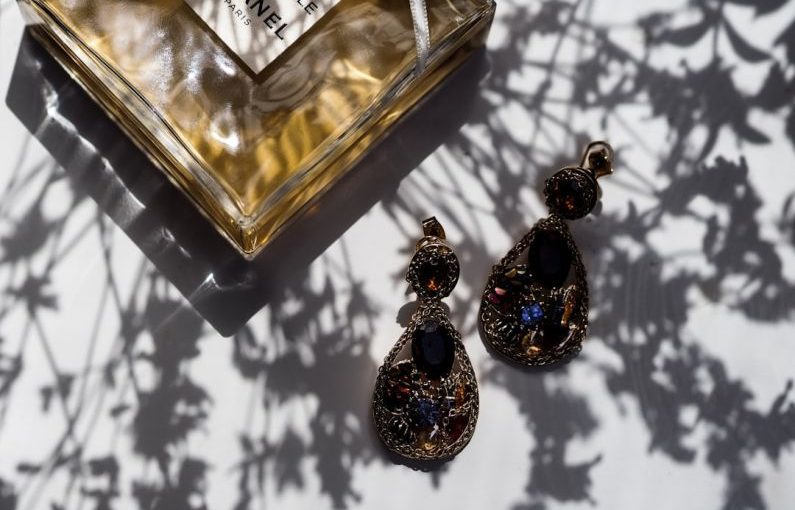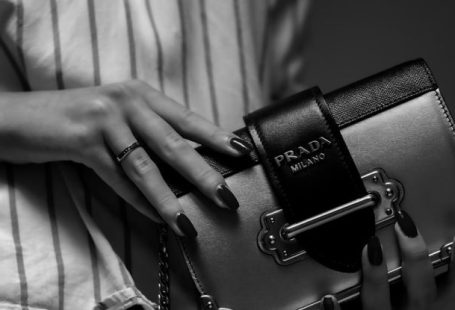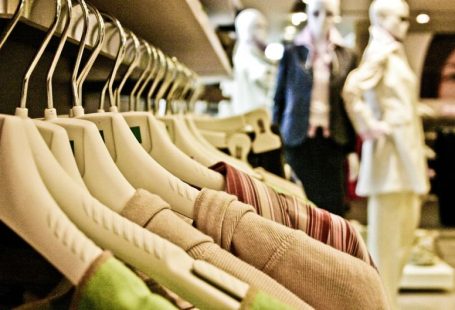In an era where sustainability is at the forefront of consumer consciousness, the question of whether luxury can coexist with environmental responsibility has become increasingly pertinent. The traditional image of luxury is often associated with excess and opulence, characteristics that seem incompatible with the principles of sustainability. However, as consumer demand for eco-friendly products and practices continues to rise, luxury brands are being forced to reevaluate their approach to production and consumption. Can luxury truly be sustainable, or are these two concepts inherently at odds with each other?
Challenging the Status Quo
Luxury has long been synonymous with extravagance and indulgence, with a focus on quality and exclusivity often overshadowing concerns about environmental impact. From exotic materials to elaborate packaging, the luxury industry has historically been criticized for its contribution to waste and pollution. However, as public awareness of environmental issues has grown, so too has the pressure on luxury brands to adopt more sustainable practices.
Redefining Luxury
The concept of luxury is evolving, moving away from a purely materialistic and hedonistic ideal towards a more holistic understanding that includes social and environmental considerations. Today’s luxury consumers are not only looking for products that are well-crafted and exclusive but also ethically produced and environmentally friendly. This shift in consumer mindset has prompted many luxury brands to rethink their approach to sustainability and incorporate eco-friendly practices into their business models.
Sustainable Materials and Practices
One of the key ways in which luxury brands are working towards sustainability is through the use of eco-friendly materials and production processes. From organic cotton and recycled polyester to innovative alternatives like mushroom leather and pineapple fiber, there is a growing range of sustainable materials available to designers and manufacturers. By choosing these materials, luxury brands can reduce their environmental impact and appeal to consumers who prioritize sustainability.
In addition to using sustainable materials, luxury brands are also adopting environmentally friendly production practices. This includes reducing water and energy consumption, minimizing waste, and ensuring fair labor practices throughout the supply chain. By investing in sustainable production methods, luxury brands can not only reduce their environmental footprint but also improve their reputation among conscientious consumers.
Transparency and Accountability
Another important aspect of sustainable luxury is transparency and accountability. Consumers today expect brands to be open and honest about their production processes, including where materials are sourced, how products are made, and the impact on the environment. Luxury brands that are able to provide this information demonstrate their commitment to sustainability and build trust with consumers who value transparency.
Collaboration and Innovation
Achieving sustainable luxury also requires collaboration and innovation across the industry. By working together, luxury brands can share best practices, pool resources, and drive positive change at a larger scale. Collaboration with suppliers, manufacturers, and other stakeholders is essential to creating a more sustainable luxury ecosystem.
Innovative technologies and design solutions are also playing a crucial role in the pursuit of sustainable luxury. From 3D printing and digital modeling to zero-waste production techniques, there are a variety of innovative approaches that can help luxury brands reduce their environmental impact while maintaining the quality and exclusivity that consumers expect.
A New Era of Luxury
As consumer preferences continue to shift towards sustainability, luxury brands are faced with the challenge of adapting to this new reality. By embracing eco-friendly materials, sustainable production practices, transparency, collaboration, and innovation, luxury brands can demonstrate that luxury and sustainability are not mutually exclusive. In fact, by aligning with environmental values, luxury brands have the opportunity to redefine what luxury means in the 21st century.
Looking Forward
As we move towards a more sustainable future, the question of whether luxury can truly be sustainable remains a complex and evolving issue. While there are challenges and obstacles to overcome, the growing momentum towards sustainability in the luxury industry is a positive sign of progress. By continuing to innovate, collaborate, and prioritize environmental responsibility, luxury brands can pave the way for a more sustainable and ethical future for the industry. Can luxury be sustainable? The answer lies in the hands of brands and consumers alike, who have the power to shape the future of luxury towards a more sustainable path.





